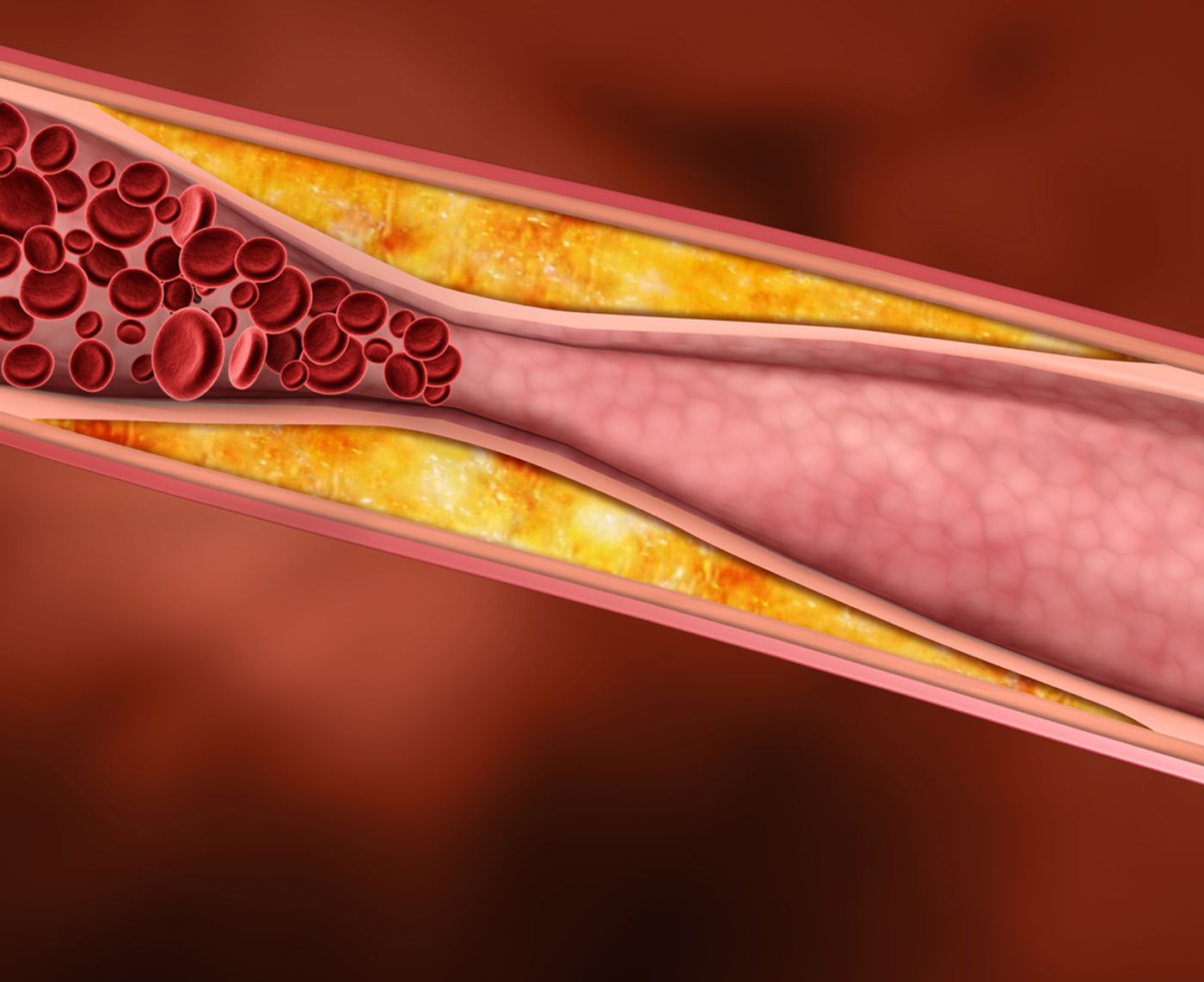Atherosclerosis is a major cause of multiple cardiovascular complications: coronary heart disease, carotid artery disease, chronic kidney disease, and more. However, the process of atherosclerosis is also a complex physics problem, so physicists from Greece are tackling the puzzle in order to help health professionals prevent atherosclerosis from happening in the first place.
Fat, cholesterol, calcium, and other substances flowing through the blood vessels aggregate and can severely block a large part of the blood vessel, limiting the amount of blood and oxygen can reach key organs like the heart, lungs, and brain. A fluid mechanics team in Greece focused on understanding how certain conditions of blood flow dynamics could make plaques more or less likely to develop or rupture in a blood vessel.
Led by Gerasimos A.T. Messaris from the University Hospital of Patras in Greece, the research team came up with a computer-based analytical solution to to predict specific spots in the blood vessel that could fall victim to plaque aggregation. The forces generated inside the blood vessel from atherosclerotic plaques, Messaris said, “can lead to faster aging of the arterial system and possible malfunction of the aorta.” The team’s model represented the cycle of blood flow from one heartbeat to another.
Messaris and his team also mentioned the “Womersley number” in their study, published this week in the journal
Physics of Fluids. According to a
2010 IEEE Transactions On Biomedical Engineering study, the Womersley number is a “well-established, dimensionless fluid-dynamics parameter.” In Messaris’ study, researchers used the Womersley number to measure the “way blood pulses through the vessels.”
“Blood flow in the aorta and the main arteries is governed by large finite values of the Womersley number [alpha],” Messaris said. “The existing numerical solutions, although accurate, give limited information about the factors that affect the flow, whereas an analytical approach can provide physical insight to the flow mechanism.”
By looking at atherosclerosis in blood vessels as a result of certain dynamic properties of blood flow, the researchers could potentially work with medical professionals to identify weak blood vessels in individuals that are most likely to have plaques form or burst. Then, doctors could develop proactive interventions to prevent atherosclerosis from happening in the first place, greatly reducing a person’s risk of heart disease.
Although a lot of doctors may not be familiar with the Womersley number or the physics of blood flow dynamics, future partnerships between doctors and physicists like Messaris could combine the expertise of both groups in order to develop new, more effective prevention methods for atherosclerosis and heart disease.
Sources:
American Institute of Physics,
National Heart, Lung, and Blood Institute









